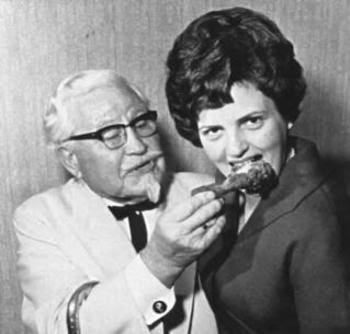NIAGARA FALLS WAS COMPLETE FROZEN IN THE YEAR 1911

The Titanic before sailing.

The First McDonalds ever

Che and Fidel

Early construction of Brasilia, capital of Brasil

Papal Nuncio Cesare Orsenigo..

Elvis in the Army
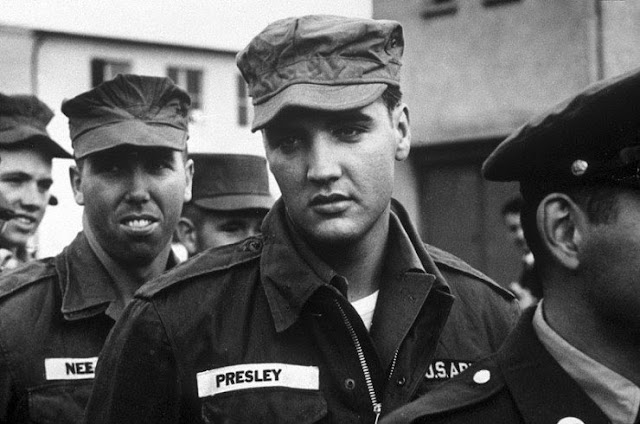
The Beatles before they became famous

The Titanic in the bottom of the sea

Construction of Disneyland.

Berlin wall being torn down

Evolution of the Coca Cola

Cute Hitler

Black physicians treating in the ER a member of the Ku Kux Klan

Copacabana beach in Rio de Janeiro

Charlie Chaplin and Gandhi
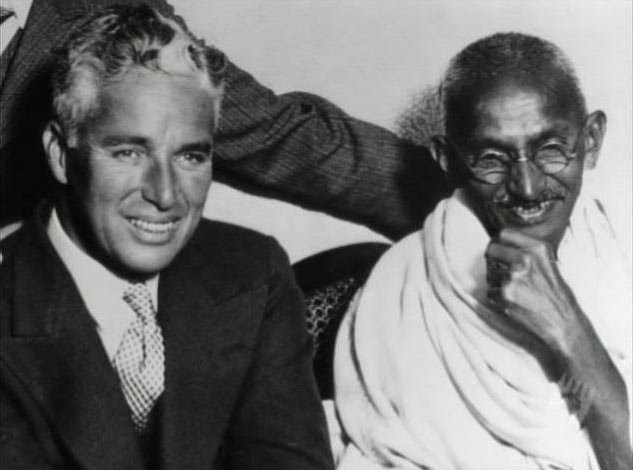
The first Computer ever

Construction of the Cristo redentor in Rio de Janeiro

The Beatles in 1957

School grades of Albert Einstem

Google in 1999, when they started.

On March 10, 1869, railroad officials, political leaders and work gangs converged at Promontory Point, Utah, to drive in the last spike of the Pacific Railroad, the first of five transcontinental railroads built in the 19th century. The driving of the spike linked the Union Pacific line built from East to West with the Central Pacific, which had commenced construction in California.

moment when Geoge Bush was notified of the attack in the Twin Towers

Pope John Paul with Mehmet Ali Agca who tried to kill him.

Chuck Norris and Bruce Lee

First photograph in history. View from the Window at Le Gras 1826
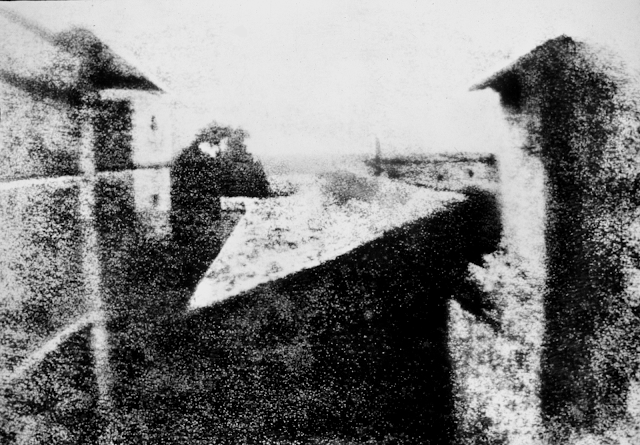
14 Bis. he first officially witnessed unaided takeoff and flight by a heavier-than-air aircraft.

great fire and earthquake in San Francisco – April 18th, 1906

Hitler in Paris 1940

the first ever untethered free space walking, using the Manned Maneuvering Unit by Bruce McCandless – 1984

On January 28, 1986, after about 73 seconds into its launch, space shuttle Challenger exploded, leading to the deaths of its seven crew members, which included the first teacher in space.

The first transcontinental telegraph line went into operation 149 years ago on October 24, 1861, when the gap between the country’s eastern and western networks was closed. The year before, Congress passed the Pacific Telegraph Act, subsidizing its construction and Hiram Sibley, president of the Western Union Telegraph Company, organized crews to build west from Omaha and East from Carson City to Salt Lake City.

At a League of Nations conference in 1933, Nazi Propaganda Minister Joseph Goebbels remains seated while speaking to his interpreter. German-born Alfred Eisenstaedt, later one of the founding photographers of LIFE, recalled that Goebbels smiled at him until he learned that Eisenstaedt was Jewish — a moment Eisenstaedt captured in this photo. Suddenly, “he looked at me with hateful eyes and waited for me to wither,” the photographer recalled. “But I didn’t wither.” Not only didn’t he wither, he managed to take perhaps the most chilling portrait of pure evil to run in LIFE’s pages.

For the 15,000 spectators at Madison Square Garden on May 19, 1962 — including LIFE photographer Bill Ray — Marilyn’s breathy, intimate rendition of “Happy Birthday” to President John F. Kennedy amplified the buzz about an affair between the two. But beyond the titillation, the moment Ray captured in this, his most iconic shot, went on to play a major role in both Marilyn’s and JFK’s biographies, coming as it did near the end of their short lives. You don’t even need to see her face to know who she is: There she stands in the spotlight, unbelievably sexy, in a fleeting moment that would forever
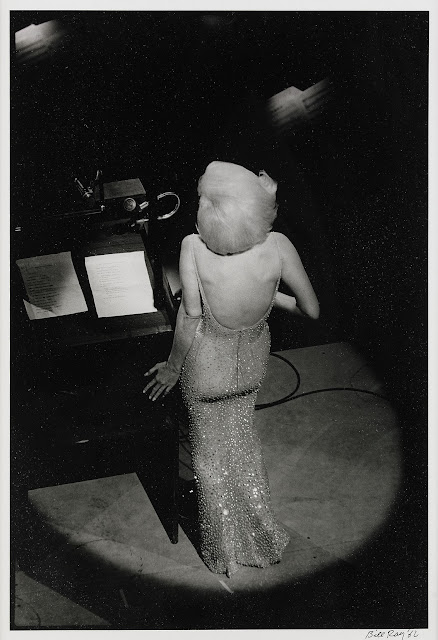
Gen. Douglas MacArthur (center) kept his famous promise, personally storming the beach at Lingayen Gulf on his way to retaking the Philippines in early 1945. (Accompanying him were, from left, Gen. Richard Sutherland and Col. Lloyd Lehrbas.) Tracking MacArthur’s progress was LIFE photographer Carl Mydans, who had been captured during the Japanese invasion of the Philippines in 1941 and had spent two years as a prisoner of war. Mydan’s picture has become one of the most famous — and unabashedly triumphant — images of the war.

In 1955, the same year he’d die in a horrible collision on a California highway, James Dean walks through Times Square on a rainy day. Dennis Stock’s photo is illustrative of the actor’s persona — a true rebel don’t need no umbrella — but also quietly speaks to Dean’s professional roots (in New York, where he studied at the Actors Studio) and his legacy (see the long shadow stretched across the slick street).
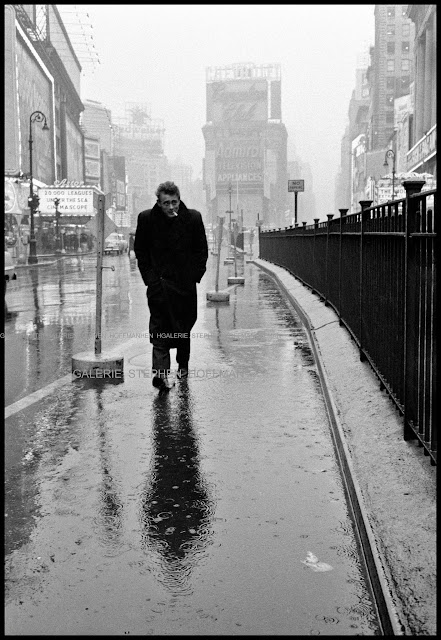
J.R. Eyerman’s peek inside the opening-night screening of Bwana Devil, the first full-length color 3-D feature, certainly is peculiar: Men and women, young and old all angle in the same direction, formally dressed but for those silly specs over their eyes. Funny as it is, with the audience members coming off like clones of an alien species, there’s also prescience in the photo — not just about the emergence of special effects in cinema but also, on a deeper level, about the hypnotizing nature of our entertainment.
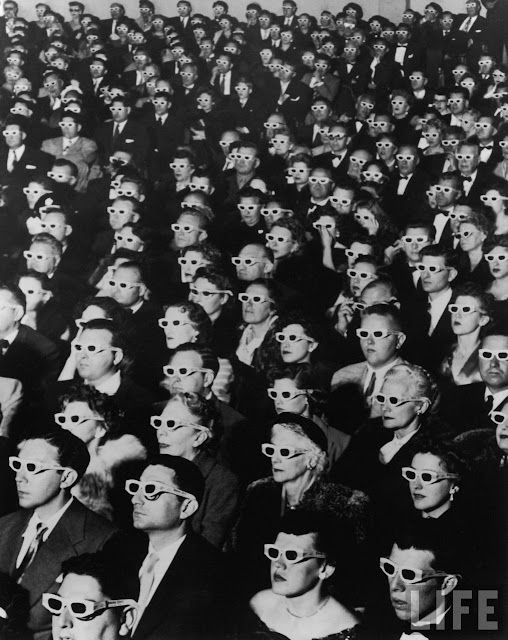
At the end of his shoot with artist Salvador Dali — a session that took six hours and 28 throws (of water, a chair, and three cats), “my assistants and I were wet, dirty and near complete exhaustion,” photographer Philippe Halsman reported. The resulting image, with a leaping Dali in midair amid the madness, is a portrait as kinetic and surreal as artist’s own work.

Then-U.S. Sen. John F. Kennedy confers with his brother Robert F. Kennedy in a hotel suite during the Democratic National Convention in Los Angeles. Looking at Hank Walker’s image today, through the filter of all we know now — that Jack would indeed win the nation’s highest office, with Bobby by his side as his most trusted adviser; that the brothers would navigate the United States through almost three years of magic and turbulence; that each man would be cut down by an assassin’s bullet by decade’s end — the poignancy is astonishing. And yet, even without the context of that history, the photo, with all its fascinating details and near-perfect composition, stands alone as powerfully

Backstage at the Academy Awards, two past Best Actress winners, Audrey Hepburn and Grace Kelly, await their turns to present. That Allan Grant could catch both supremely elegant, stylish icons together in a moment may have been a stroke of luck (Hepburn and Kelly never did work together, and very soon after this photo was taken the latter left Hollywood to become Monaco’s princess). But Grant’s use of composition and lighting — with the two women parallel and glowing in profile — is nothing short of masterful.

The bitter brutality of the Battle of Iwo Jima is brought home in W. Eugene Smith’s 1945 photo of Marines taking cover as explosives obliterate a Japanese bunker — one of the most violent pictures ever to make the cover of LIFE. Composed as if by a master painter (Hieronymus Bosch comes to mind), Smith’s picture perfectly encompasses the apocalyptic destruction inherent in modern warfare. It is also implausibly, unsettlingly beautiful.

For this 1949 portrait of Pablo Picasso in his studio in the south of France, the artist was inspired by Gjon Mili’s previous photos of ice skaters spinning through the air with small lights attached to their skates. Mili left the shutters of his cameras open as Picasso made ephemeral drawings in the air of a darkened room. This one was of one of a centaur. Mili caught the artist himself by using a 1/10,000th-second strobe light. This photo ranks among LIFE’s best partly because it actually captures the moment of creation by a genius.

A grizzled, weary American peers over his shoulder during the final days of fighting during the July, 1944 Battle of Saipan. The pivotal Allied victory there, 1,500 miles south of Tokyo, was earned at the cost of 3,000 American lives. This picture — easily among the most striking and immediately recognizable of LIFE’s countless war photos — was the 1940s equivalent of saying to the American public: We didn’t start this fight. But we’re going to finish it.
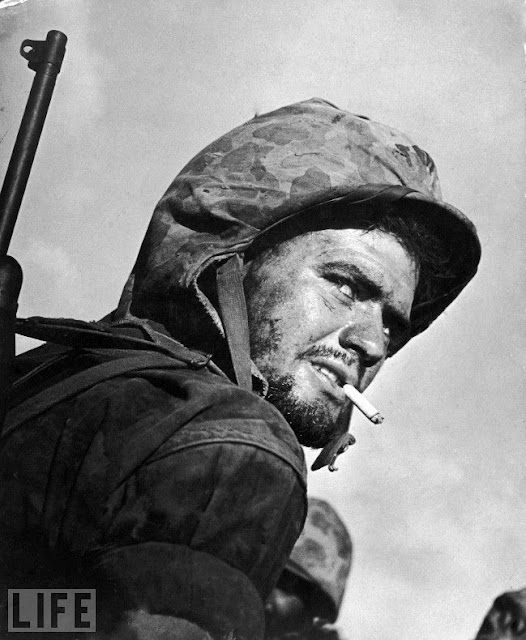
Promotional photo of Colonel Sanders for Kentucky Fried Chicken
